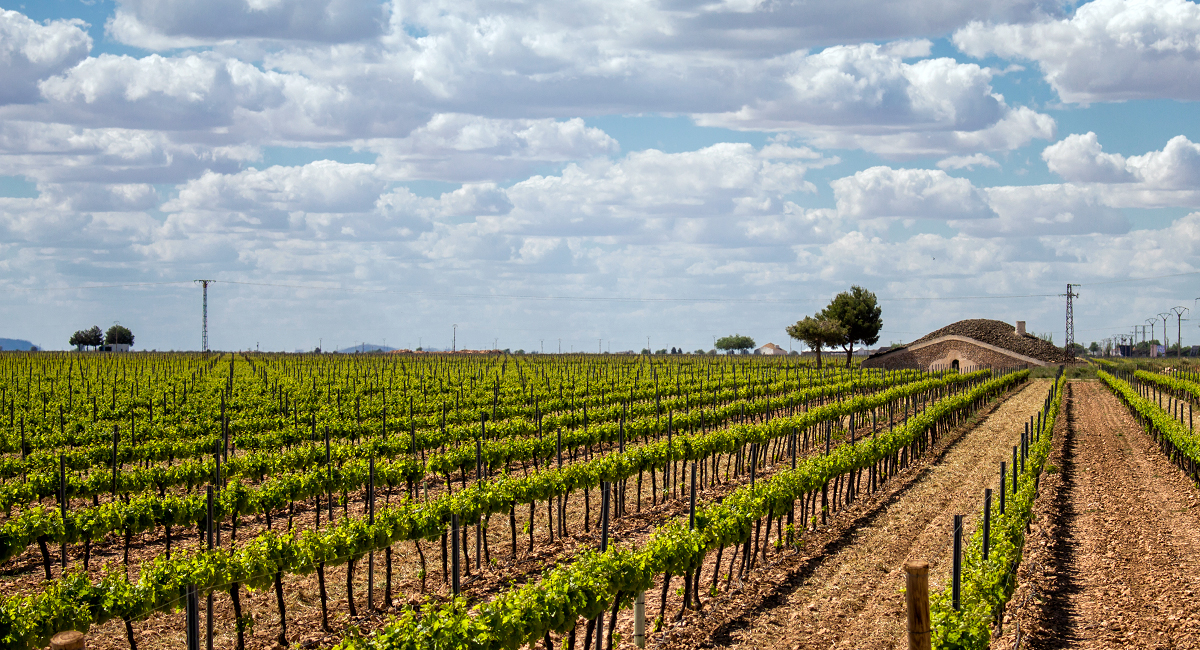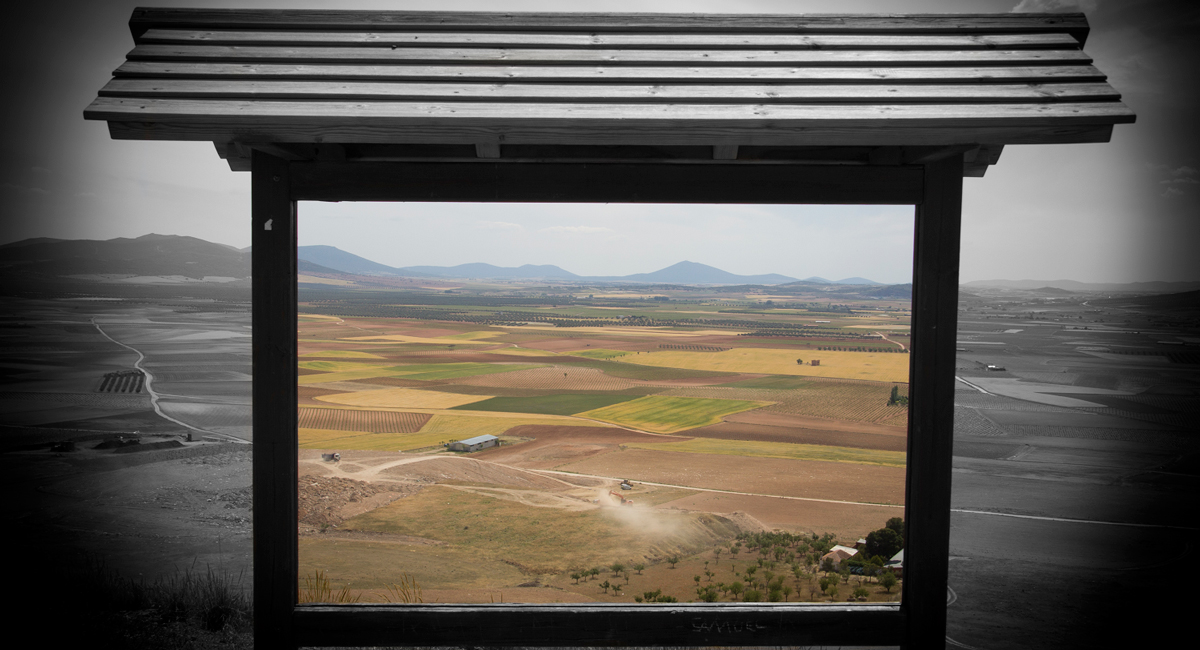History and culture
Discover the history of the Great La Mancha Plain
Boundless horizon, where light paints with its nuances and every space it touches.
Tradition and Culture in La Mancha
Let it surprise you
La Mancha, a region marked by its horizontality, its terrain has allowed the development of extensive vineyards. This land has a long history. Its culture and tradition are reflected in the unique character of its wines, of excellent quality and exceptional flavour in the Spanish territory. Discover what makes this territory unique, and discover the La Mancha Wine Route.

Origins of Viticulture
Although the documented origins of viticulture in La Mancha date back to the 12th-13th centuries, after the Christian repopulation of these lands during the process of the Reconquest, everything seems to indicate that vine cultivation in La Mancha was already common in Roman times. And it is that the The cultivation of the vine and the production of wine have always been one of the most characteristic features of these lands and their people, for whom the vineyards and the wine are part of your life in the most natural way. Great commanders of the Order of Santiago were fundamental promoters of the wine development of this area and it is that in the 13th century privileges were granted by which those who planted vines were exempted from paying tithes and taxes. These privileges remained in force for several centuries, being the driving force behind what La Mancha is today: a sea of vineyards.

Culture around wine
Many of La Mancha’s customs, festivals and literature are based on wine and the Culture of Wine. There are many festivals that are celebrated during the harvest season, such as the Grape Harvest Festival in Socuéllamos, among others. The proximity of this land to the kingdom’s capital allowed La Mancha to become the wine of the court during the Golden Age.
Doing wine tourism in La Mancha explores the past of the old wine producers. It is possible to explore how wine was made in the past. In Tomelloso, you can find more than 100 caves, which can be visited today, where farmers used to make wine. The “terreras” were very important in its construction, they were the women in charge of digging and moving the earth for its construction. In Villarrobledo they produced the “tinajas”, the amphorae where the wine was kept.

Modern times
With the arrival of the railway line, it was possible to send its wines to the markets through the port. It allowed the entry of foreign capital that made it possible for the area to experience demographic growth, an improvement in social conditions and in the Manchego wine sector due to investment, which made its industrialization possible during the last third of the 19th century.
The relatively isolated position of La Mancha also allowed the Manchego vineyard to resist pests and diseases .
The cultivation of the vine in La Mancha reaches its most significant expansion after 1940 due to the increase of numerous wineries and wine cooperatives throughout the region. Today, viticulture is the main economic activity of practically all the municipalities that make up the La Mancha Wine Route.
La Mancha
land of Don Quixote
There is nothing better to enjoy the La Mancha Wine Route and its rich historical past than living it, surrounded by the “giants” that Cervantes immortalized when he fought with the windmills.
Land of Battles, homeland of Dulcinea
The La Mancha Wine Route has stories in every corner. These lands were home to powerful orders, great battles and a great love story.
Thanks to Don Quixote, Sancho Panza and Dulcinea, La Mancha has become a world-renowned region. Walking through its villages is like reliving the adventures of Don Quixote and Sancho Panza. There are many places where you can enjoy this great story, such as the House-Museum of Dulcinea and the Cervantino Museum, which houses a complete collection of Don Quixote.
The craftsmanship based on textile embroidery and esparto grass, as well as its oenological heritage, such as the El Toboso jar, which dates back to Cervantes’ time and was made in the 17th century, means that the story of this great protagonist is present in every corner of La Mancha.

